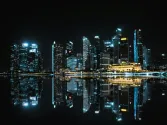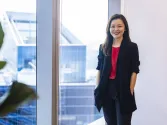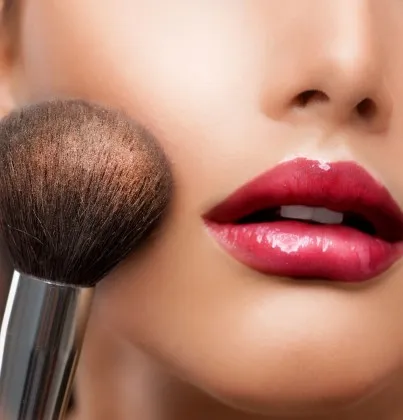
South Korea ranks among the top 10 beauty markets globally
Estimated at over US$13 billion in 2017, South Korea is among the top 10 global beauty markets, according to a new Mintel research.
The global market intelligence agency said facial skincare accounts for more than half (51%) of the total market share with US$6.5 billion in retail sales and a projected 5.8% CAGR over the next five years to reach US$7.2 billion by 2020. Much of the success of the facial skincare category is in part due to the abundance of new product development and the fact that more than two thirds (68%) of total skincare product launches in South Korea 2015-2016 were facial skincare products.
Colour cosmetics makes up the second largest beauty category in the South Korean market, valued at US$2.3 billion in 2017, supported by an active and engaged consumer base with per capita spend on colour cosmetics in South Korea at US$45 in 2017, compared to US$43 in the UK and US$37 in the US, and more than double the global average per capita spend of US$21. The market is estimated to reach $2.8 billion by 2020.
Jane Jang, senior beauty analyst at Mintel, commented: “The Korean beauty market remains buoyant thanks to fast-paced innovations and highly engaged consumers who don’t hesitate to adopt novel products delivering new beauty experiences. The success of the market has been heavily driven by the boom of facial skincare, but is also highlighted by the impressive per capita spend on colour cosmetics, which is more than double the global average.”
The major areas of South Korean beauty and personal care trends that are set to impact global beauty markets are facial skincare and make-up.
“Because of K-beauty’s growing popularity worldwide, Western brands are constantly looking to South Korea for their next inspiration, seeking to adapt popular South Korean beauty formats for Western consumers. The popularity of South Korean beauty products is due to their high performance combined with fun packaging and sensorial cues, as well as affordable prices. By gaining the attention of bloggers, vloggers and the media, the K-beauty wave is spreading to retailers outside of Asia,” Jang said.
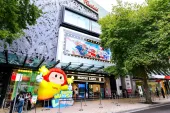

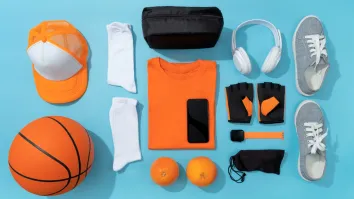
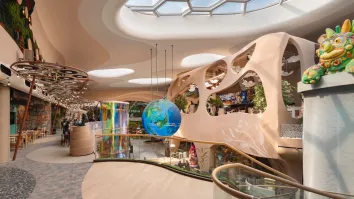
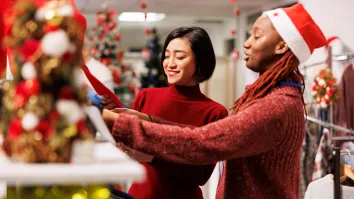
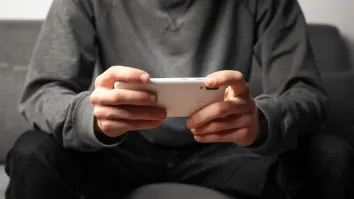
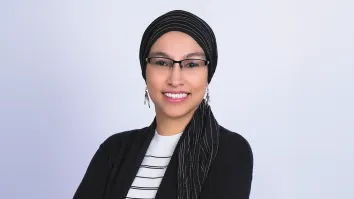



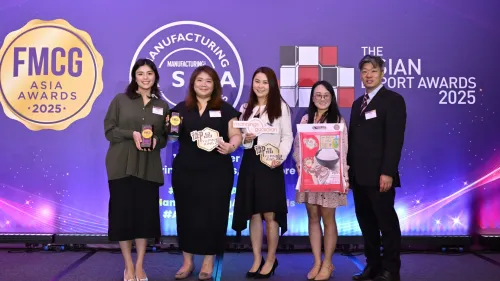
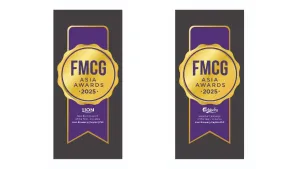

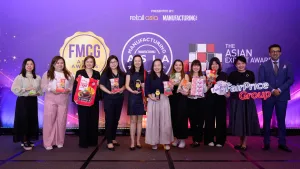
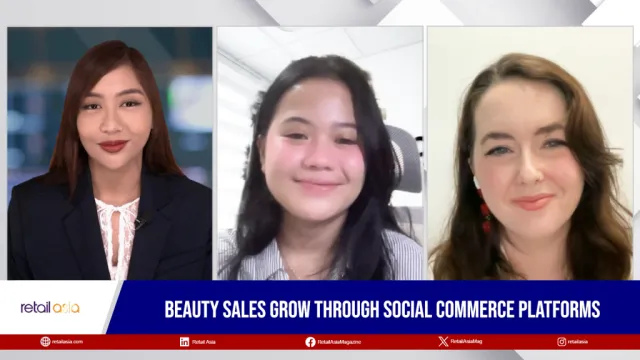
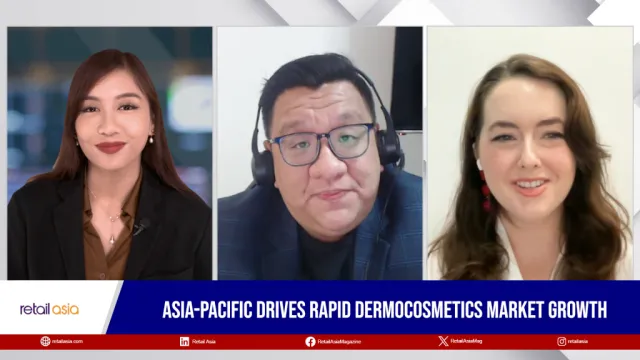



 Advertise
Advertise
